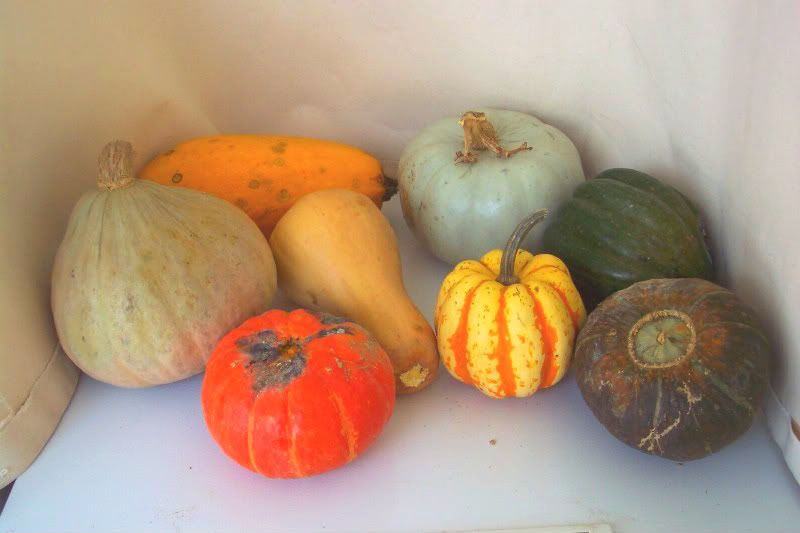I attended the program Scott Kunst owner of Old House Gardens presented last week at the Toledo Botanical Garden. He sprinkled his informative talk with humor and personal anecdotes. It was well worth the time spent.
During one part of his talk on backyard garden architecture , Scott mentioned the fact that there was one original chicken coop left in the city of Ann Arbor. He showed a slide of the structure that was located in someone’s backyard on the Old West Side. Off-handed he mentioned that there was also one original outhouse left in Ann Arbor. As soon as Scott said that, I turned to Otto sitting next to me and related a story to him about an experience Judy and I had about 15 years ago.
At that time Judy was designing and maintaining gardens for folks in the area. One of her clients had a house in the Old West Side neighborhood. Harold was his name I think.
Harold was in the middle of re-planting part of his backyard. He asked Judy to move a lilac bush that was in an unusual spot in the yard. She agreed and asked me to help with the heavy digging. We carefully dug out a good sized root-ball and lifted the plant out to be moved.
While digging the last few shovelfuls of dirt out of the hole, I found a marble…then another and another until I had found five marbles.
What we were digging in was the location of a long-forgotten outhouse! I surmise that when indoor plumbing was installed, the owners tore down their outhouse and planted that lilac over the pit. This was a very common practice at that time.
I’m guessing the marbles we found decades later must have been lost by a boy who had the marbles in his pocket when he went to occupy the outhouse! Did he know where he lost them? Probably not.
A boy’s marbles are a precious possession in any era, it was even more so if a thing like this happened, say, during the Great Depression. I’m sure he was devastated when the marbles never turned up
Maybe his sister decided to exact revenge on him for teasing her so much. We’ll never know for sure.
The “night soil” had long been turned into rich humus by soil organisms. The lilac roots had penetrated the old pit and the plant was fertilized for I don’t know how many decades before we arrived to move it.
I kept those marbles all this time and never really had a chance to show them to anyone until now.
Those are the actual marbles dug up that afternoon.
Bob




